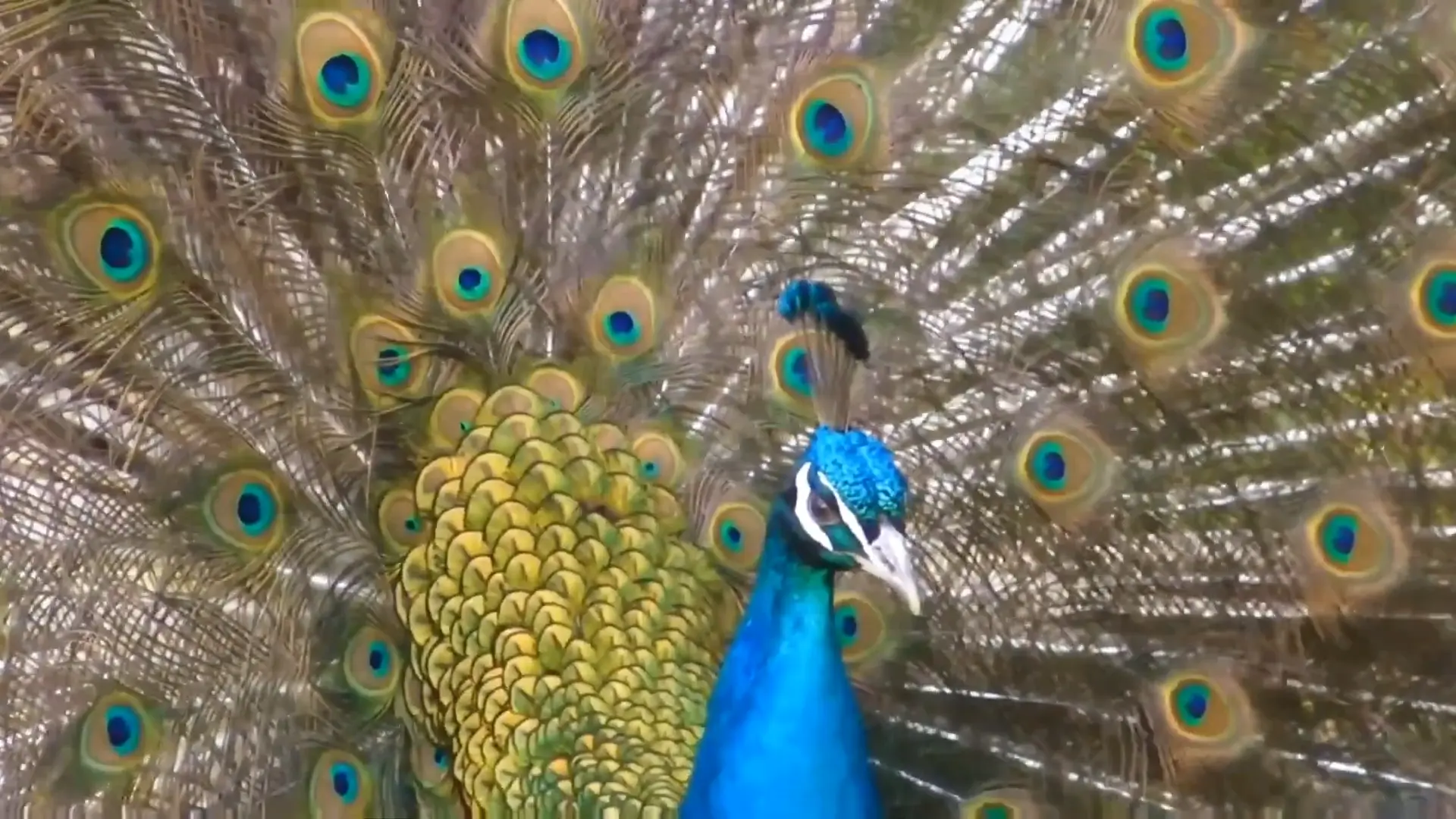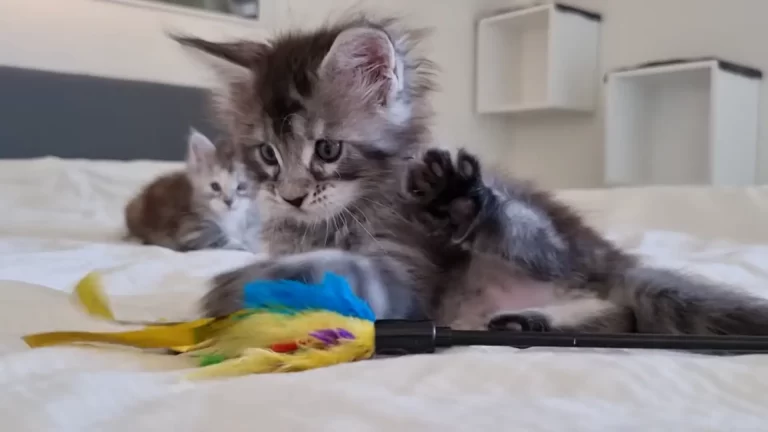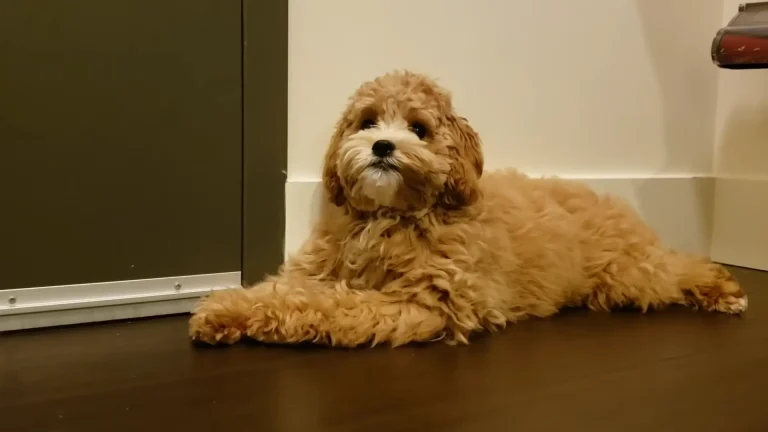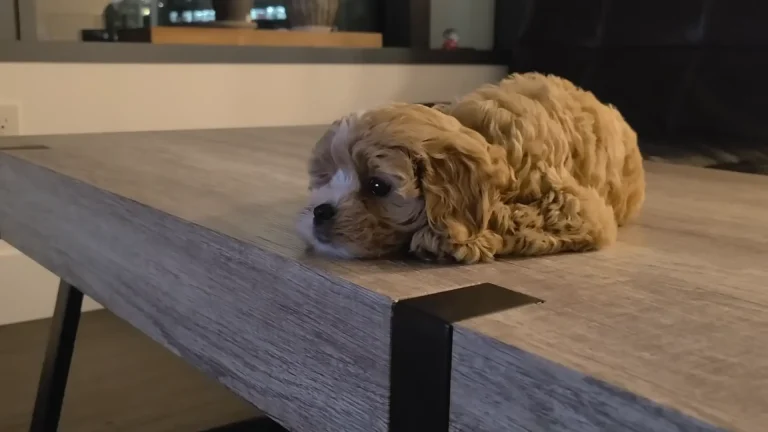Peacock Colors
Peacocks are the most beautiful birds, they are large, colorful, and gorgeous. Peacocks are also known for their noisy and distinctive calls which we can easily hear even if we are far away from them. Peafowl are famous for their colorful head and big tail. Peacock term is usually used for birds, both male and female. Peahens are used for females and peacocks are used for males. Peacock colors are amazing and beautiful. If we talk about both males and females birds then the word peafowl can be used for both gender. Wild peafowl often gather in groups and they usually roost in the forest.
Peacocks are omnivorous and they eat several type of foods such as plants, berries and grains. Blue peacocks are cherished by humans and for thousands of years, most people have kept them as a pet, due to their beauty everyone gets easily attracted to them. Having a peacock pet at your home would surely increase the charms of your home because of its amazing colors.
Two species of peacock birds are very familiar, one is blue peacocks and the other is green peacocks. You can find blue peacocks in Sri Lanka and India, although green peacocks are found in Burma and Indonesia. There is also one more little-known species called the Congo peacock and that is lived in the African rainforest.
Common and Rare Peacock Colors:
Their beauty and attraction is all about due to peacock colors. There are several eye-catching peacock colors on their body but mostly based on the neck of the peacock, their color is defined. There are almost 15 peacock colors but the most peacocks that we normally see are blue color. Other than blue, peacock colors are very rare to see, people usually make them pet so that’s why we often get a chance to see them.
As we know the type of blue peacock is blue and green peacock colors are green but other types of peacock colors are the result of genetic mutation.
Transformation happens in the hereditary cosmetics of a bird that influences the shades of peacock colors and that is the reason they are found in 13 additional varieties along with green and blue peacock colors. Following are the 13 peacock colors other than blue and green.
- Taupe
- Sonja’s Violeta
- Opal
- White
- Midnight
- Purple
- Jade
- Hazel
- Indigo
- Charcoal
- Buford Bronze
- Cameo
- Peach
The above peacock colors can be seen in the following image:
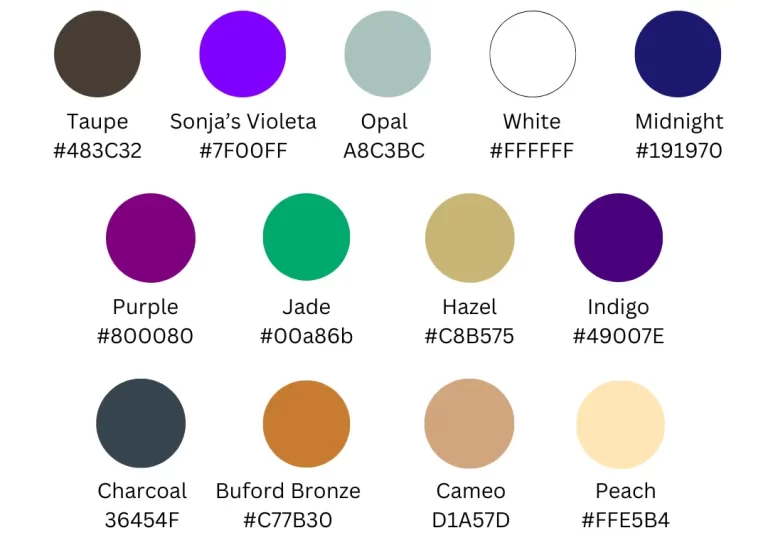
Common Peacock Colors
There are 4 common peacock colors including blue, brown, green, and yellow.
- Blue peacocks have a head and neck of bold blue color so that’s why this species is called blue peacock. The blue shade appears whilst the photonic crystals create a net of nine to twelve rods, and people rods incorporate melanin and are placed at a distance of one hundred forty nanometers.
- The brown color is on the tail and other bodies of different peacocks with the shade of copper color. The species of Buford bronze has dark brown eye spots and chocolate brown tails.
- Green peacocks own a head and neck in green color, this color is fashioned while photonic crystals form a square net that accommodates 10 rods and is located at a distance of one hundred fifty nanometers from each other.
- If we talk about the common color yellow of peacocks, we can see this yellow color peacock only in all or part of the barbule of peacocks but in reality, there are no peacocks that exist in yellow color.
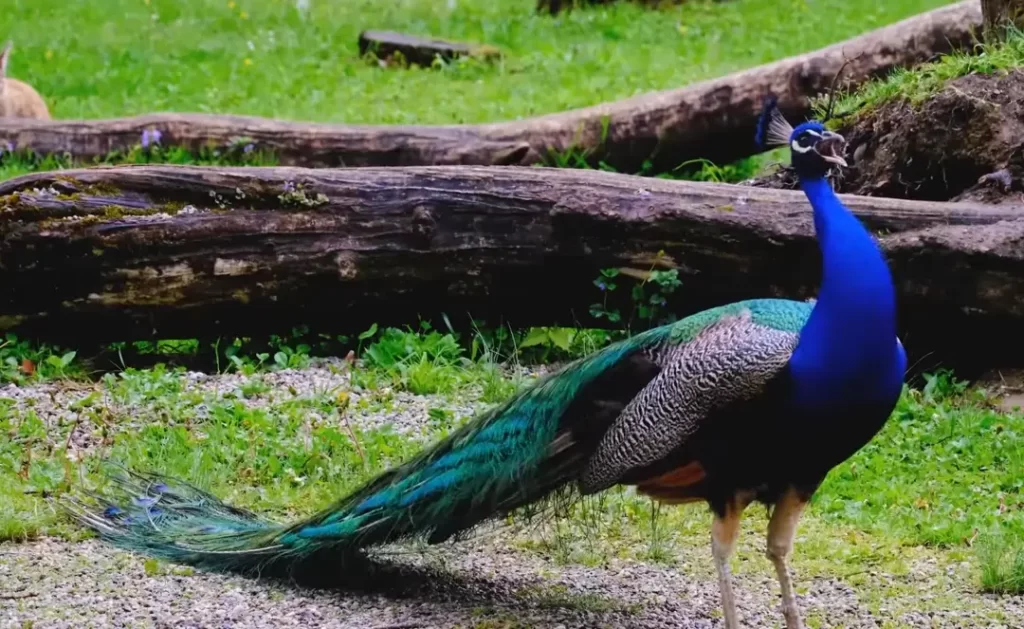
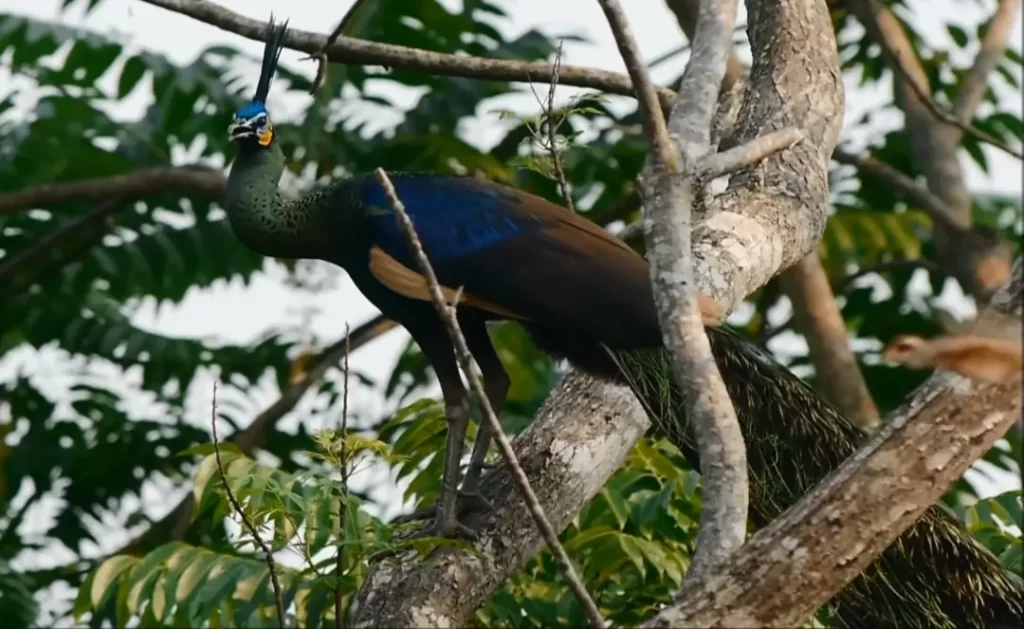
Rare Colors of Peacock
The rarest peacock colors that we found are White, Red, Purple, Peach, Brown and Pink. While most peacocks feathers have shade of green and blue. Peacocks looks astonishing in white colors and other thing is that we cannot commonly see them in white, red, purple or pink color, because these colors come due to genetic changes or some of these colors only exist in images and stories. Mostly, people keep peafowl of green and blue color.
Leucism female species are born yellow but when they get mature they turn to white. Some peacocks are albino, the pupils of albino eyes are pink or red and their body color turns to white due to lack of melanin or pigment.
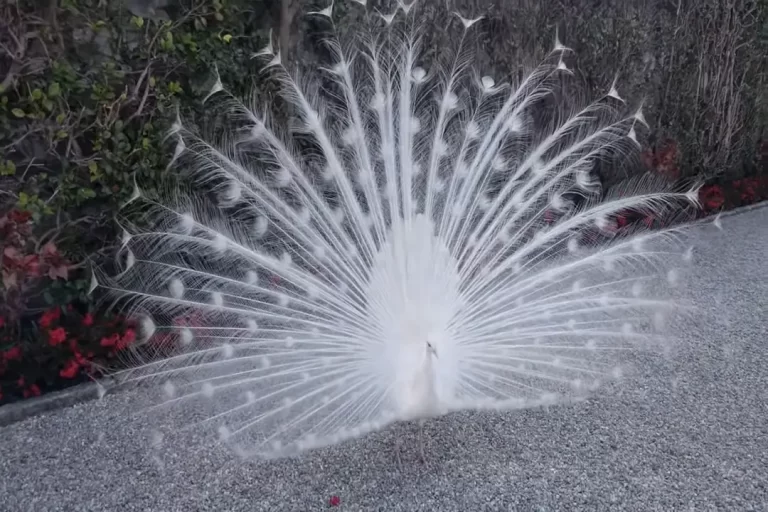
Processes of Peacock’s Color:
The strange thing about peacocks is that peacocks don’t get their color only from the pigment, two processes are responsible for the peacock colors in nature structure coloring and pigmentation. The pigment is like a dye that gives color to living things and inanimate things such as human hair color that is due to pigment.
Color would not be altered even if you change the view. Some researches show that peacock feathers are not produced by pigments that are bright in color, they are produced by tiny ones. Things like soap bubbles, rainbow, and the sky acquire most of their color from light reflections. Human hair color even looks shiny and clean but it could never reach the charmless and radiant coloration of a peacock’s tail feather.
Rods Konark blue, yellow, green, golden, and brown. Keratin and melanin are also responsible for the palette color that is found in the eye of peacocks’ tail feathers. Optical calculations have shown the variety of spaces that come in between repeats of the crystals. It can lead to a variety of different colors after the number and spacing, when lights reflect then it produces different colors such as dr reflecting the lights.
Peacock Egg Color:
The color of peacock eggs is white or light brown and when chicks hatch after a month they are in yellow color. The age of sex maturity is 2 years for male peacocks and it is 3 years of sex maturity for female peacocks. They produce 4 to 7 different females every year because male peacocks are not monogamous like other birds.
Do Peacocks Change their Colors:
Peacocks are not born with beautiful, colorful feathers. They grow feathers over time. The baby male or female peafowls look the same when they are born. They start their feathers growing at the age of 3 years old, and these feathers get brightest, shiny, and colorful at the age of 6 years old. People think the male and female feathers are quite the same but the male and female peacocks look different. The male has vibrant blue and green feathers, and the female has dull brown feathers.
Peacock colors are not changed like the chameleon changes their color. Peafowl have no ability to change their own feather colors. Peacock colors stay the same naturally, their feather color is determined by how the feathers are built, not by pigment. When the light touches the peacock feathers, it makes their feathers look like different colors but still, they do not change their own feather color.
The natural coloration of peafowl feathers remains consistent throughout their lives, with some variations due to age and genetics. It’s not a process that peacocks change and control like people changing their clothes, body structure, facial features, or dyeing and styling their hair and reshaping their whole body head to toe.
The shiny, bright, and colorful appearance of their feathers is caused by the way light interacts with the microscopic structure of their colorful feathers. The peacock colors look different, when you look from different angles, It completely depends on the angles at which they are viewed. Their colors look different from different angles because feathers bounce and bend light. For example, sometimes their feathers look green from one side and blue from another side. The peafowl feathers are like a stained glass door, colors are not caused by paint or dye but by the way the light interacts with the glass.
Peafowl also use their feathers to impress companionship. When a peafowl wants to show off, it spreads out its colorful feathers like a big fan. The fan of feathers is colorful, bright, iridescent, and shiny. Peacock colors and feathers are designed to catch the eyes of females.
Male peafowl with the brightest, beautiful, and shiniest colorful feathers are better at getting female partners. Female peafowls pick their male partner by their look, beauty, and attractiveness, and the male peafowl feathers are one of their most important physical characteristics.
The peacock feathers’ colors might change, and look dull if it’s ill, and also if it’s not taking the diet well. In these situations, the feathers even fall out. The peafowl feathers are beneficial to help the peacock regulate its temperature. Peacocks need proper diet, proper care, and proper attention to keep their feathers bright, shiny, and beautiful.
To maintain the feathers’ colors bright and beautiful, peafowl require a proper diet and full care. Regular peafowl feather maintenance makes sure to keep them clean and is also necessary to make sure plumage stays in the best condition
Peacock Species:
There are three species of peacock including Indian peacock, Congo peacock, and green peacock. In all three species, male and female peacocks are different from one another in appearance, color, and shape, so it could be easy to recognize both genders of all species. As we know it is easy to identify the both genders of peacocks, but sometimes it might be difficult even for peacock owners to recognize the baby peacock which is known as pea chicks, due to their shape, size and color it is not easy to identify them.
Indian Peacock
The Indian peacock birds are also known as blue peacocks because the color of their head and body is blue with the blue-green color of the tail. The long upper tale of Indian peacock colors are the most astonishing thing of their body. They also have short and curled heads. The female type which is known as peahen is different from peacock. They have blue heads like peacocks but their body and tail color is brown, and their breasts are dark brown with a shiny green color. Blue peacocks are native to India and Sri Lanka, but now it has been found in many countries and other parts of East Asia.
Click here to read more.
Congo Peacock
This species of peacock birds has been discovered in recent times, it is known as the Congo peacock and is native to Africa. Congo peacocks are in a way similar to pheasants to colorful peacocks and both male and female Congo are different from one another. Male Congo peacocks have short stature, they have a blue body and their tail is very short and lacks bright colors. They don’t have long tales like other species have. While Congo peahens have metallic green backs and brown feathers. They are usually chestnut and their tale is black.
Click here to read more.
Green Peacock
The other name for green peacocks is Javanese and, they are also known as Indonesian peacocks. They’re observed at the Indonesian island of Java and they are native to Southeast Asia. These species of peacock birds are also rare like Congo peafowls. In recent times their population drops are to the loss of habitats. The primary cause for his or her drop in population is deforestation and agriculture. If we talk about appearance, green peacocks have a dark green head, and they have long-shifted crests while green peahens also have green necks, but they have short feathers.
Click here to read more.
Peacock Patterns:
Physical traits in peacocks are known as patterns, Peacocks birds could carry and express a specific body pattern, and also it would not affect the recognition color of the neck of cock birds. The colors of the peacock’s body feathers can describe a body pattern. The colors and patterns of peacocks generally refer to two aspects that are different in peacock birds and which act differently from each other. The colors of patterns and plumage on peacocks are known as two different parameters. To define a variety of peacocks, there are 5 different patterns such as black shoulder, silver pied, Pied, barred wing, and white-eyed.
Black Shoulder
The pattern mutation of blue peacocks is the shoulder. Peacocks’ wings are also known as shoulders. They are native to south East Asia. The pattern of the wings of the Indian blue peacock changes from barred to solid colored because of the black shoulder pattern mutation. They have white cheeks and blue green body. The effects of that, it changes the overall body color of peahen from brownish to creamy white.
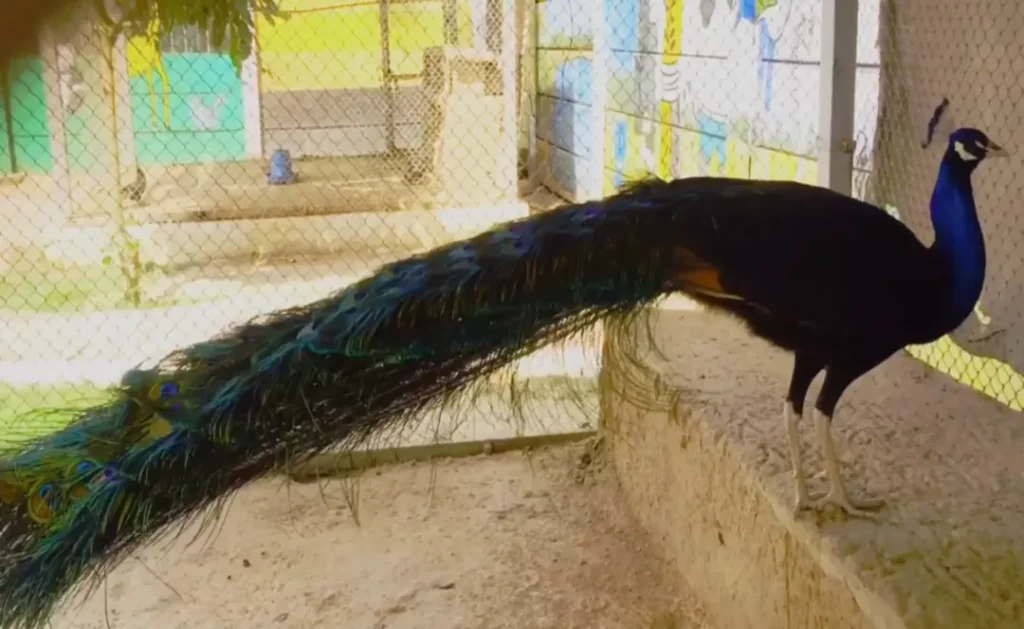
Silver Pied

In some cases of birds, there are only 10% colored and almost 90% white-colored, and only about 25% of their feathers have normal coloration. Silver pied is also the rarest color that we found in Indian blue peacocks. They are unique from all so we usually can’t see them normally. This pattern is also recognized as a recessive trait. At the point when just a single gene is available, the bird gets an ordinary condition.
Pied
Mixtures of white and color feathers are characterized by a pied pattern and it can also give the appearance of a bird. The pied pattern mutation makes an absence of pigmentation in the bird’s quills and it might cause irregular splotches of white sooner or later of the entire body of every peacock and peahen birds. These birds are practically 60% hued and 40% white. It likewise happens once in a while that pied birds could get many quills blended in with their regular blue and green plumes.
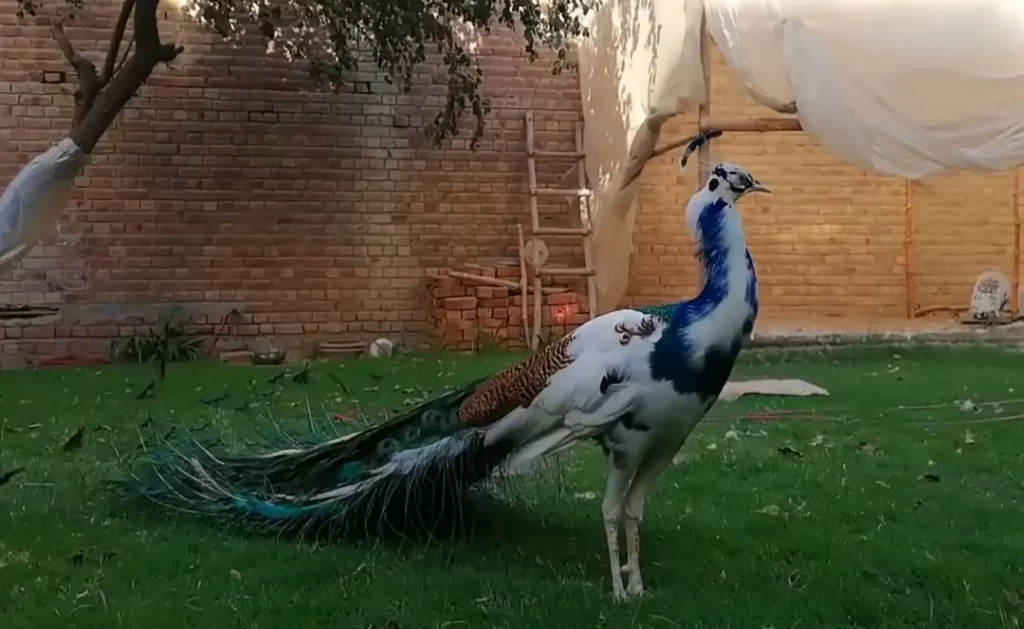
Barred Wing
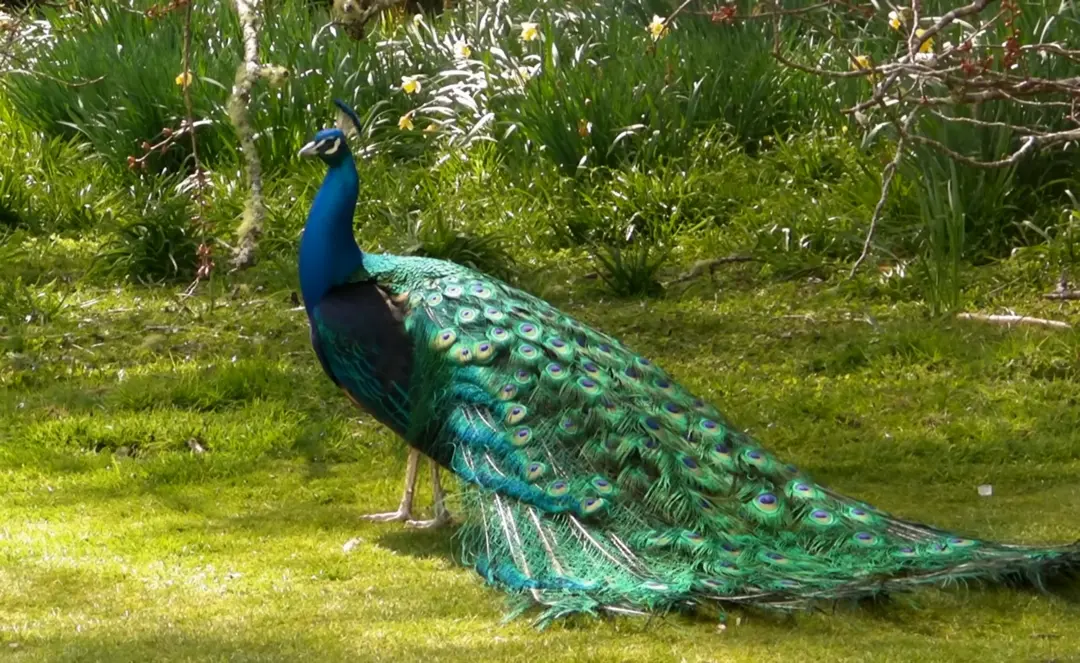
The most common and natural pattern in peacocks birds is barred wings. Especially in Indian blue peacock birds, it stays prominently. Stripes on the cover feathers of the wing or with a series of vertical bars, this pattern has been made. Peacock birds have brown or black color bars and if we talk about peahens, they have lighter brown or beige color patterns.
This pattern is more apparent and attractive than other patterns because of their color which is metallic green. On the other hand, in peahen birds, this pattern is not convenient because the overall color of the feather is brown and that color does not look charming.
White-eyed
When they train peacocks birds to be white, the ocellus or eye could be caused by the white-eyed pattern mutation. Due to the lack of a train, the white-eyed pattern mutation can be less distinct in peahen birds than peacocks. There is also a frosty look present in the peacocks when somebody’s feathers turn white, then it gives them a frosty look. To recognize the white-eyed gene in peahens, look at the flickering of white at the end of the body feathers.

Conclusion:
As we have already mentioned, there are 13 known peacock colors along with green and blue. Common peacock colors such as taupe, jade, bronze, peach, cameo, white, purple, charcoal, opal, Sonja’s Violeta, midnight, green and blue. Along with that, there are two famous species of peacock bred in captivity, the Indian blue peacock and the green peacock. The Indian blue is also known as Pavo Cristatus and the green is known as pavo muticus. We also discussed at the top about the 5 patterns of peacock colors. That includes barred wing, black shoulder, pied, white-eyed, silver-eyed, and bared wing.

